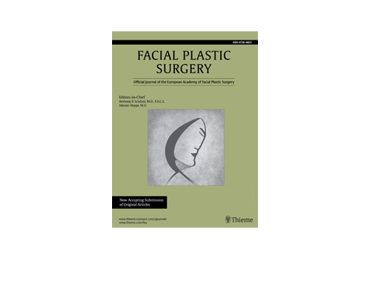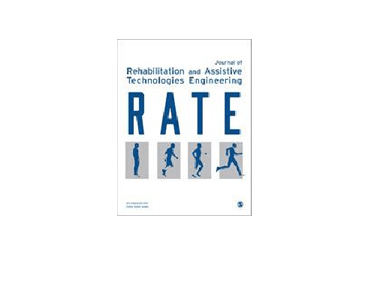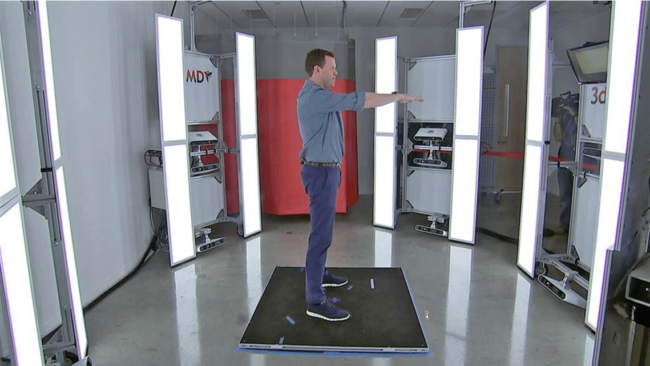Patient-Specific 3D Models for Autogenous Ear Reconstruction. KS Khouri; HA Liss; JM Bekisz; PG Coelho; RL Flores; L Witek.
Date: September 2017. Source: Plastic and Reconstructive Surgery. 5(9S):174–175, DOI: 10.1097/01.GOX.0000526416.08852.96. Introduction: Autogenous ear reconstruction remains one of the most technically challenging procedures in plastic surgery. Current standards of practice entail tracing the unaffected contralateral ear and using this two-dimensional outline as a surgical model. We present the effectiveness and feasibility of sterilizable, patient-specific and…









